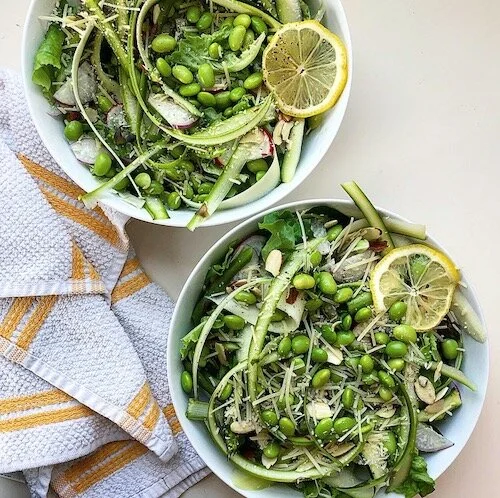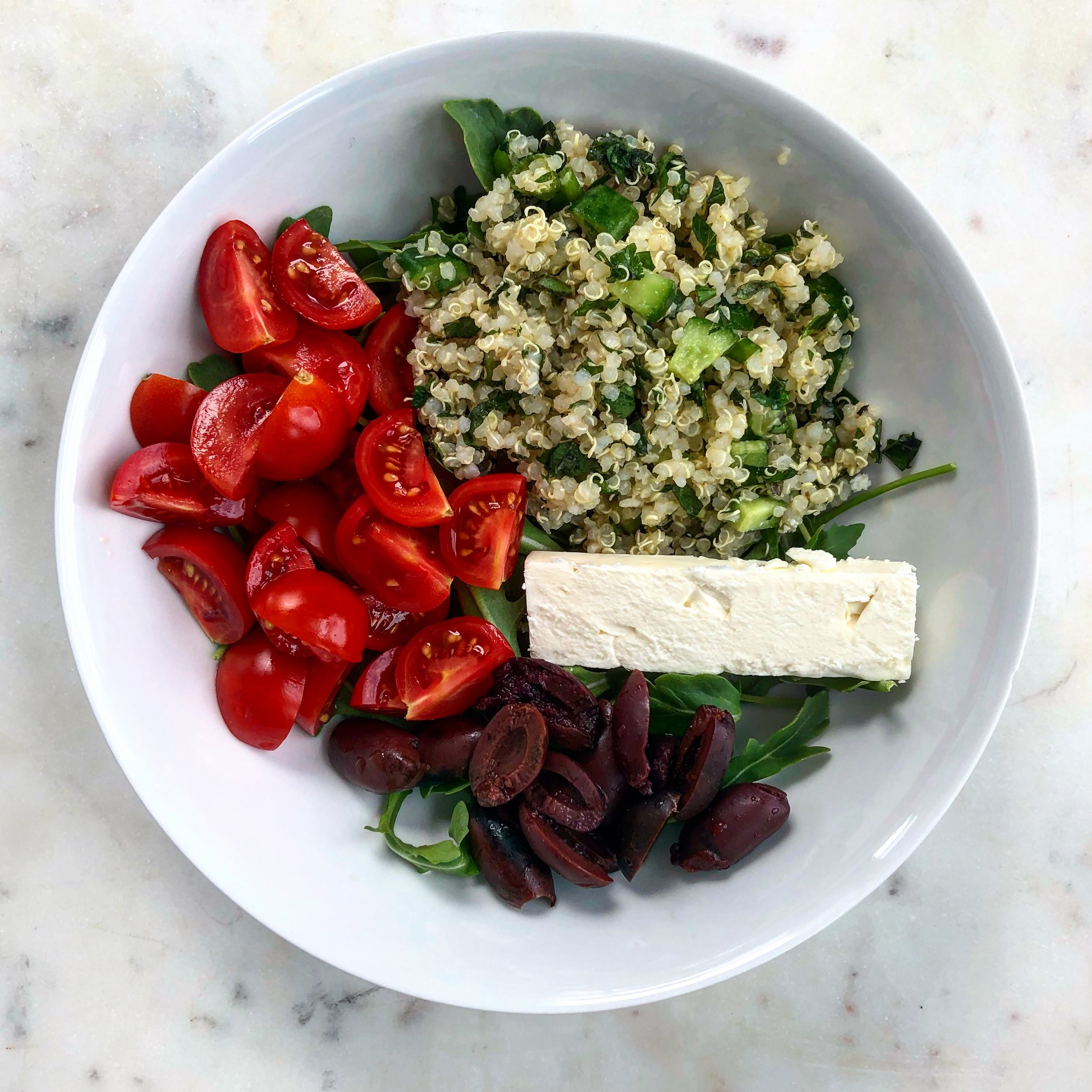10 Low FODMAP Plant Based Proteins
Plant-based proteins are nutrition powerhouses. Not only are many complete proteins (meaning they contain all nine amino acids that humans need to get from food), but many contain fiber, iron and other vitamins and minerals that are essential for healthy body functioning. They are generally cheaper than animal proteins and also have a lower environmental impact.
However, when avoiding FODMAPs (specifically fructans and galacto-oligosaccharides), including plant-based proteins can be tricky. As with most foods consumed as part of a low FODMAP diet, it’s all about portions, and many high-quality plant proteins can be consumed without digestive upset. Follow along for a comprehensive guide to plant-based proteins (in serving sizes that are appropriate for FODMAP elimination and beyond):
Lentils (1/2 cup cooked, 9 g)
Lentils come in many varieties (large green, red, split red, French green), and when kept to a half cup portion are low in FODMAPs. Pulses like lentils are a good source of iron and protein and an excellent source of fiber and folate. One half cup of lentils has eight grams of fiber!
Add a measured portion of lentils to salads and soups or try them in place of ground meat in tacos or bolognese!
Edamame (1/2 cup of shelled soybeans, 9 g)
Soybeans and soy products do have oligosaccharides; however, the content varies based on fiber and water content. Edamame (immature soybeans) have been tested by our friends at Monash University and are low in FODMAPs.
I love edamame as a snack because it contains both protein and fiber, but I also buy frozen, shelled edamame for a quick addition to salads and my favorite fried rice.
Firm tofu (3 oz, 9 g)
Like edamame, firm tofu is another soy product that is low in FODMAPs because its liquid is pressed and drained off at multiple points in the processing and cooking phases. Soft, firm and extra firm varieties are great choices, but silken tofu should be avoided.
Use firm tofu in a Meatless Monday stir fry (find out how to build a low FODMAP stir fry here!)
Peanut butter (2 tablespoons, 8 g)
Peanut butter is definitely a low FODMAP pantry staple in our house! I’ll top my breakfast with it, bring packets with me when I travel, and add to smoothies.
This is my standard post-sweat sesh smoothie. Who doesn’t like chocolate and peanut butter together?
Pumpkin seeds (1/4 cup, 8 g)
Pumpkin seeds aren’t just for Halloween time! They pack a nutritional punch year round and are excellent sources of phosphorus, magnesium, and iron. One fourth cup serving also has 3 g of fiber.
I use them for snacking and make a low FODMAP pumpkin seed dip that’s great with cucumber and jicama for dipping!
Hemp seeds (2 tablespoons, 6 g)
Hemp foods are rich in protein with all nine essential amino acids. They also contain 12 g of omega fatty acids per serving. Plus, hemp foods also contain magnesium, fiber, iron, zinc, and phosphorous.
I add hemp seeds to smoothies, oatmeal and salads, but they are great for topping just about anything that needs a little texture like this sourdough toast with peanut butter and banana.
Quinoa (1/2 cup, 4 g)
Quinoa is a gluten-free pseudo-grain that contains all nine essential amino acids! One cup of cooked quinoa also has five grams of fiber.
Add one half cup of quinoa to your dinner plate, use it in place of brown rice for additional protein and fiber, or try a quinoa-based salad like my quinoa tabbouleh.
Spirulina (1 tbsp, 4 g)
Spirulina is a blue-green algae that is packed with nutrients including B vitamins, copper (21% of RDA) and iron (11% of RDA). Its active component is called phycocyanin, which is an antioxidant that gives it the blue-green color and contributes to it’s anti-inflammatory effects.
I mostly add Spirulina to smoothies like my mint chip smoothie!
Nutritional yeast (2 tbsp, 4 g)
Nutritional yeast is the same species of yeast grown to brew beer and bake bread, but it is grown specifically to be eaten! It is used in cooking to provide a cheesy or savory flavor. It contains all nine amino acids (making it a complete protein), and it contains many B vitamins and trace minerals like zinc and selenium.
I add nutritional yeast to air popped popcorn with a little olive oil, but it can also be used in place of cheese to top pasta!
Canned chickpeas (1/4 cup, 4 g)
Canned chickpeas are a great addition to a low FODMAP diet because they have less fructans and GOS than those that are dried and soaked. Fructans and GOS are water soluble so by sitting in the liquid in the can, you can actually drain and rinse some away! Be sure to rinse and drain very well, and limit yourself to a 1/4 cup portion at a time.
Chickpeas are easily added to salads and soups, and I often recommend clients who like hummus make a homemade version to get their fix!









